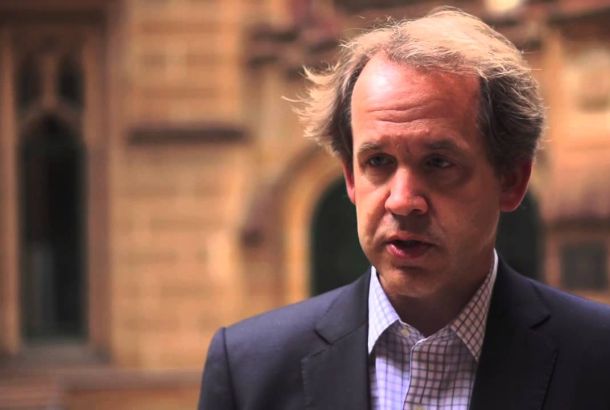Changing tactic for nuclear fusion
By Leah Wong
Research laboratories in the UK and US have joined forces to bring us closer to nuclear fusion energy. The Science and Technology Facilities Council (STFC) intends to work with the Lawrence Livermore National Laboratory (LLNL) in America and the UK’s Atomic Weapons Establishment (AWE) on a project using lasers to fuse particles together to release energy.
Traditionally, scientists have focused on using magnets in the process of nuclear fusion. This new method, however, fires a laser beam containing one million billion neutrons at fuel pellets composed of forms of hydrogen. For a fraction of a second, this laser produces more power than the entire world uses in the same period. The laser compresses the hydrogen until it is 100 times smaller after which it fuses to form helium and free neutrons. It is these neutrons which supply the power. They are captured and used to turn a steam turbine. Energy is then generated in the same way as traditional fuel power stations.
Researchers are aiming to achieve an “ignition”. This is when the fusion of particles is started then the reaction sustains itself in a similar way to the current nuclear fission reactions. Current estimates require the reactor to use 10 fuel pellets per second. So far, scientists at the National Ignition Facility- one of the laboratories at LLNL- have used a total of 305 fuel pellets. However, this is still a far cry from the one million pellets that would be used per day if 10 were fused per second.
Past experiments have only fused particles when more energy is put in than is released, making it impossible to currently be used as a source of power. Scientists eventually aim to have a fusion reaction which produces more energy than is put in. This is known as “breaking even”. The collaboration between these three organisations makes this goal more realistic than ever before.







